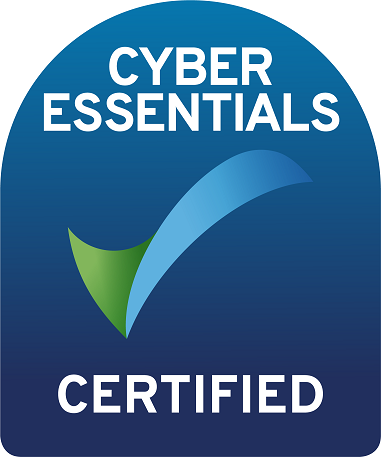There are different stages of conveyancing, but the end goal is transferring legal ownership of the land or property – known as the title – into the buyer’s name. The new ownership will then be registered with the Land Registry. There are key moments in all property transactions and to help you understand what happens and when, we’ve explained the conveyancing process, taking you step-by-step through the conveyancing timeline.
What are the different stages of English conveyancing?
- Pre-exchange
- Post-exchange/pre-completion
- Post-completion
Pre-exchange stage Offer
The conveyancing process starts when an offer has been made and accepted on a property or land. For buyers, they’re making an offer; for sellers, they’re accepting an offer.
When to instruct Solicitors?
As soon as the offer has been accepted, the buyer and the seller should engage their solicitors. The solicitors on both sides will begin their work, completing relevant forms and starting the conveyancing process. When you are selling, you can expect to have to sign and complete various legal documents, other papers and forms.
Forms
Form TA6 (Property Information Form)
One of those documents is the Property Information Form, commonly referred to as the TA6. This is a comprehensive document that you are obliged to complete at the outset that will provide many details about the property that you’re selling. The questions are, for the most part, fairly straightforward, but some of the answers that you give might have to be very detailed. You should be honest with everything that you put on the TA6 because false or missing information can cause problems in the sale process, and even after the transaction completes. Among the many questions you’ll be asked on your TA6 is one that might seem relatively trivial but is actually incredibly important. The form will ask whether there is any Japanese knotweed on your land that is affecting the building in any way. You must answer truthfully, because this weed is an invasive species that damages concrete and tarmac. When left untreated it can become a major problem for your property which may require a lot of time and money to fix. Another key question that will be asked of you on the TA6 is whether you are aware of any planned property development in the area. This can be significant because a buyer might not want to move into the property if there will soon be large construction in the area. Other questions on the TA6 that you must answer include information on your property boundaries, access rights, including whether you are aware of any disputes that have happened in relation to your property or with your neighbours, and whether those matters are resolved or continuing.
Form TA7 (Leasehold Property Information Form)
If your property is leasehold, you will also be required to complete a TA7 form. These are specific enquiries relating to leasehold properties including ground rent information, management company details, insurance, service charge and shared responsibilities.
Form TA10 (Fixtures and Contents Form)
The completing of the Fixtures and Contents Form is a legally binding part of the selling process. What you are leaving has to be stated within this form which is then attached to the contract. If you stipulate that an item is to be left and then take the item with you, then you could face a legal claim in the future.
Mortgage
If you are buying with a mortgage and already have an agreement in principle, you should pass that information on to your solicitor. They must also act on behalf of the lender, although in some instances the lender may have their legal representative (commonly called a ‘panel solicitor’). If you are selling and the property is subject to a mortgage, please ensure you pass on the mortgage account information to your solicitor to enable them to liaise with the lender to confirm how much to repay to remove the borrowing from the property.





